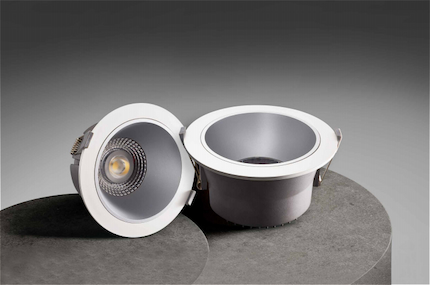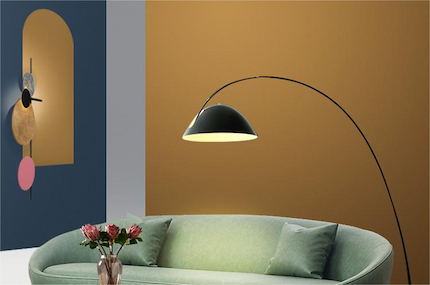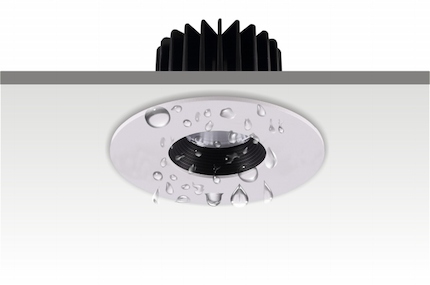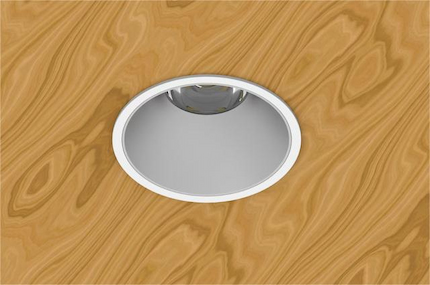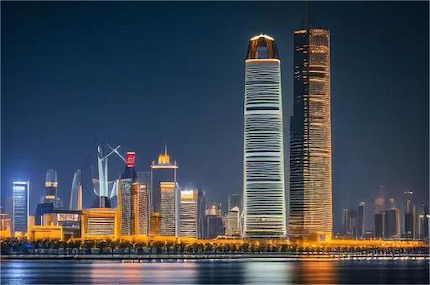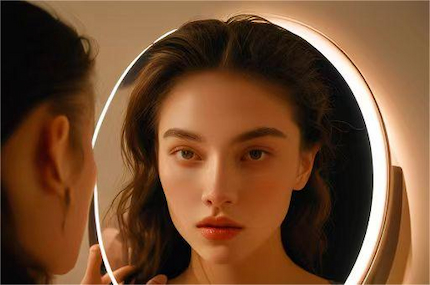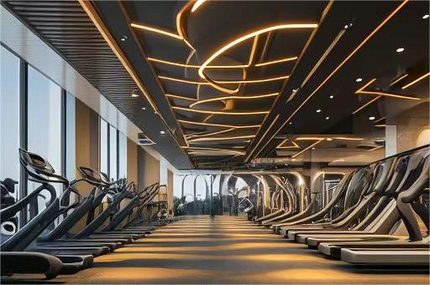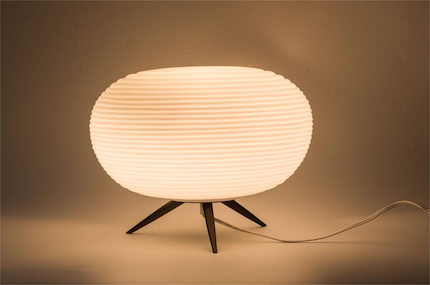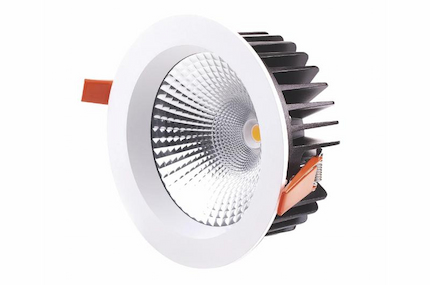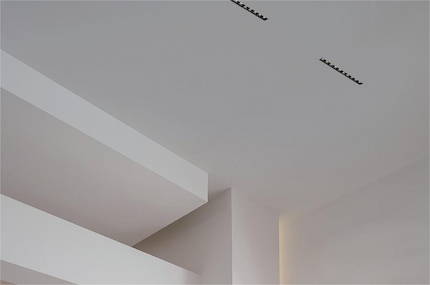Feb 27, 2024
Table Lamps Are Versatile Lighting Fixtures That Provide Both Functional And Decorative Lighting Solutions To Enhance The Ambiance Of Any Space. Whether You'Re Looking For An Elegant Addition To a Hotel Bedroom Or a Stylish Accent For Your Home, Table Lamps Offer a Wide Range Of Options To Meet Your Lighting Needs. In This Article, We Will Explore The World Of Table Lamps, Including Their Features, Popular Styles For Hotel Bedrooms And Homes, And Key Considerations For Selecting The Perfect Table Lamp.
1. Understanding Table Lamps:
Table Lamps Are Freestanding Lighting Fixtures Designed To Be Placed On Various Surfaces Such As Tables, Desks, Nightstands, Or Sideboards. They Typically Consist Of a Base, a Lampshade, And a Light Source, Which Can Be Traditional Incandescent Bulbs, Fluorescent Bulbs, Or Modern Led Lights. Table Lamps Provide Localized Lighting, Making Them Ideal For Tasks Such As Reading, Studying, Or Creating a Cozy Atmosphere.
2. Popular Table Lamp Styles For Hotel Bedroom Lighting:
2.1. Contemporary Designs: Sleek And Minimalistic Designs With Clean Lines, Using Materials Like Metal, Glass, Or Solid-Colored Fabrics. These Styles Are Perfect For Modern And Upscale Hotel Bedrooms.
2.2. Art Deco: Inspired By The 1920s And 1930s, These Table Lamps Feature Geometric Shapes, Rich Textures, And Luxurious Materials Such As Brass And Crystal. They Add a Touch Of Elegance And Glamour To Hotel Bedrooms.
2.3. Traditional Or Classic: These Table Lamps Often Feature Ornate Designs, Intricate Patterns, And Finishes In Gold Or Bronze. They Create a Timeless And Sophisticated Atmosphere In Hotel Bedrooms.
2.4. Adjustable Task Lamps: Perfect For Business Travelers Or Guests Who Prefer Functional Lighting, These Lamps Offer Flexible Adjustment Options, Allowing Users To Direct The Light Precisely Where Needed.
3. Table Lamps For Home Lighting:
3.1. Modern And Minimalistic: Clean Lines, Neutral Colors, And Innovative Designs Make These Table Lamps a Popular Choice For Contemporary Homes. They Blend Seamlessly With Modern Decor And Provide Subtle Ambient Lighting.
3.2. Vintage Or Retro: These Table Lamps Evoke Nostalgia And Charm With Their Unique Shapes, Vintage Finishes, And Edison-Style Bulbs. They Add Character And a Touch Of Whimsy To Any Home Interior.
3.3. Eclectic And Artistic: Unconventional Designs, Bold Colors, And Unconventional Materials Define These Table Lamps. They Serve As Focal Points Or Artistic Statements In Eclectic Or Bohemian-Style Homes.
3.4. Natural Elements: Table Lamps Made From Natural Materials Like Wood, Bamboo, Or Ceramic Can Bring Warmth And a Rustic Feel To Home Interiors. They Are Ideal For Creating a Cozy And Inviting Ambiance.
4. Key Considerations For Selecting The Perfect Table Lamp:
4.1. Size And Proportions: Consider The Size Of The Table Lamp In Relation To The Surface It Will Be Placed On. Ensure It Is Proportionate And Does Not Overwhelm Or Get Overshadowed By Other Objects.
4.2. Lighting Functionality: Determine The Desired Lighting Effect - Whether You Need Ambient, Task, Or Accent Lighting. Choose Lampshades And Light Bulbs That Provide The Appropriate Brightness And Color Temperature.
4.3. Style And Aesthetics: Select a Table Lamp That Complements Your Overall Decor Scheme, Whether It's a Hotel Bedroom Or a Home Interior. Consider The Materials, Colors, And Design Elements That Harmonize With The Surrounding Environment.
4.4. Quality And Durability: Opt For Table Lamps From Reputable Manufacturers Or Suppliers Known For Producing High-Quality Lighting Fixtures. Check For Certifications And Warranties To Ensure Longevity And Performance.
Conclusion:
Table Lamps Are Versatile Lighting Fixtures That Add Both Functionality And Style To Hotel Bedrooms And Homes. By Considering The Various Styles, Materials, And Lighting Options Available, You Can Select The Perfect Table Lamp To Meet Your Specific Requirements. Whether You Prefer a Sleek And Contemporary Design Or a Vintage-Inspired Piece, Table Lamps Offer Endless Possibilities For Creating The Desired Ambiance In Any Space.
